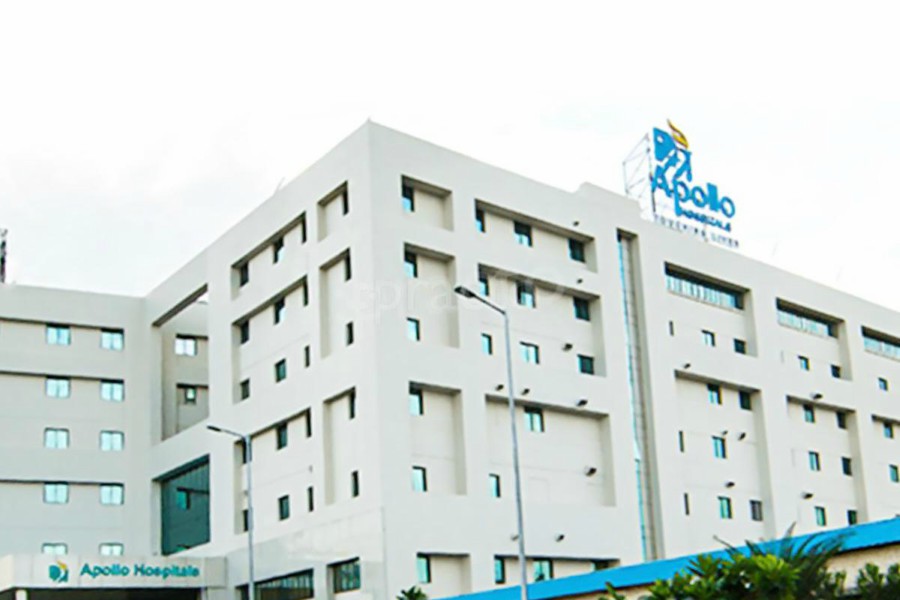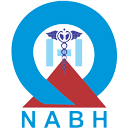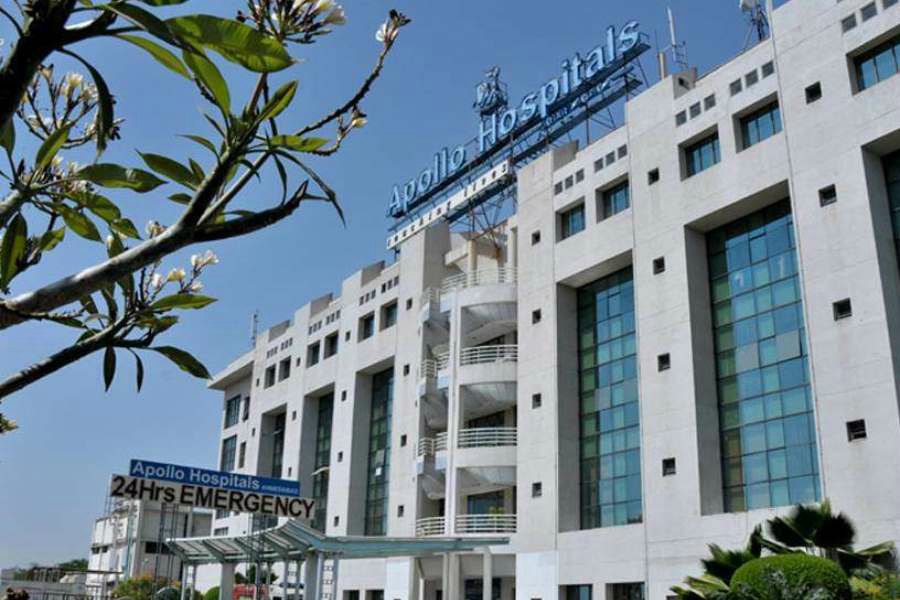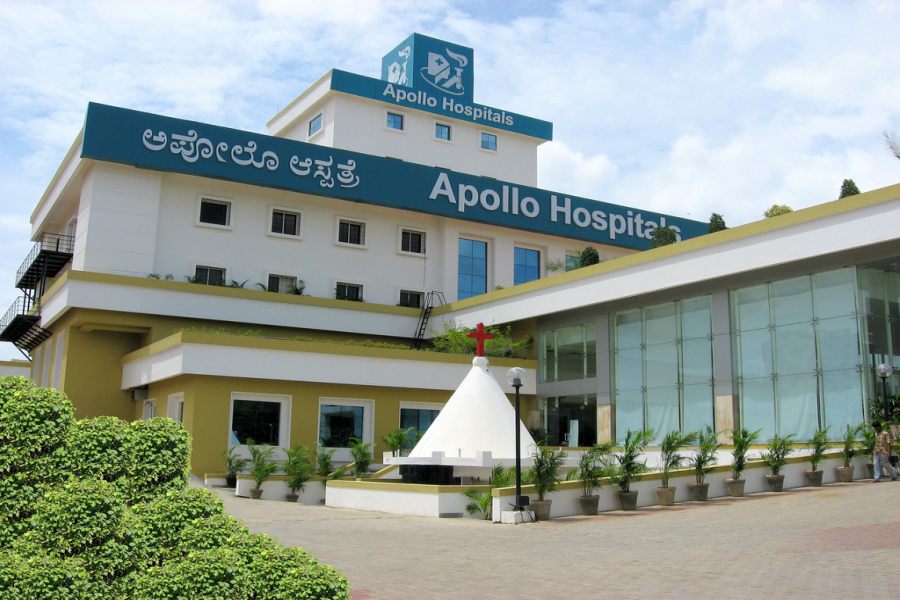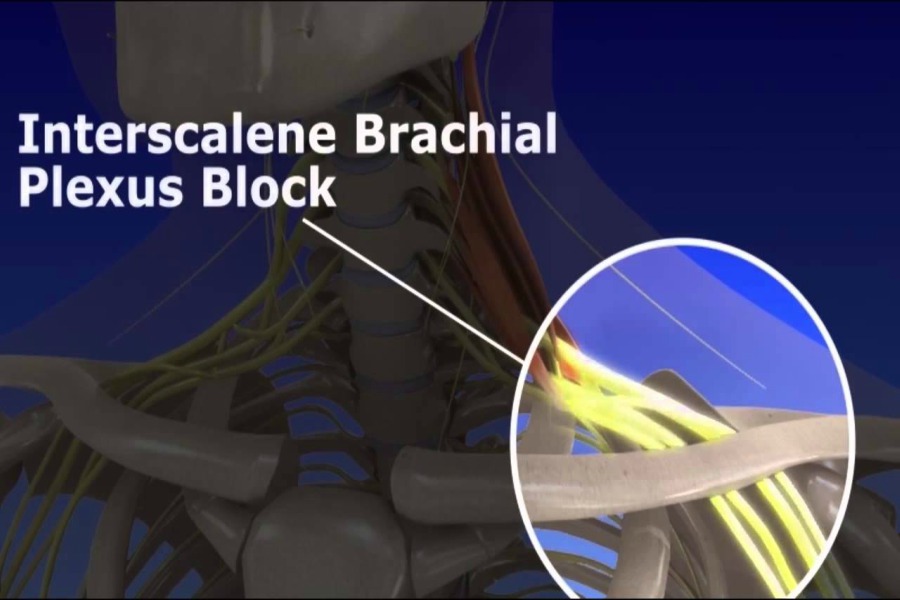
Overview
Brachial plexus injury also known as brachial plexopathy is a serious medical condition in which the nerves comprising the brachial plexus, that send signals from the spinal cord to our hands, arms and shoulders face an injury. The sensations which we get on our wrist, hands, arms, and shoulders are primarily controlled by these nerves.
This particular injury occurs, when thenerves get stretched, compressed, and in some serious cases are torn apart from the spinal cord. Some brachial injuries can be severe enough and can cause apermanent damage to the arms, leading to a paralytic condition accompanied by a lifelong numbness, whileburners and stingers are less severe injuries and can be recovered within a week or two.
Why the surgery is performed?
After the patient has been through a brachial plexus injury, he/she will certainly require a treatment,which can either be surgical or non-surgical depending on a number of factors like the type and intensity of the injury, age, duration of the injury occurred.
• Surgical Treatment: The need for a surgical treatment normally arises when the nerves are unable to recover by themselves, or become irrecoverable enough to create a disruption in their normal functioning.
• Non-surgical Treatment: This type of treatment usually includes different types of therapies, physical treatments, and therapeutic motion movements for injuries that get healed by itself within a few week or months.
Causes
This medical condition is generally the repercussion of excessive, pressure, stretching and compression on the plexus group of nervesin ourbody. In some serious cases, the brachial nerve can actually be ripped off from the spine of our neck. This kind of injury is popularly known as traumatic brachial plexus injury. There are several reasons which are responsible for the occurrence of these brachial plexus. Some of them are given below.
• Difficult Birth: Infants are also susceptible to brachial plexus injuries, some of the reasons being, prolonged labor, high birth weight, breech presentation etc.
• Treatments of Tumors: The brachial plexus can be badly affected if any tumor, whether malignant, or benign is growing along or within the brachial plexus nerves, leading to the damaging of the nerves.
• Sports Persons: Stingers and burners mostly occur in Football players, when the plexus nerves are stretched beyond their usual limit, while colliding with other players.
• Trauma: Different types of traumas, such as motorcycle accidents, accidents by cars, bullet wounds etc. can also be the one of the causes of brachial plexus injury.
• Inflammation: Inflammation is also one of the key reasons that too make the brachial plexus nerves damaged. A peculiar condition called Parsonage-Turner syndrome causes inflammation to the brachial nerves devoid of any pain.
SYMPTOMS
Minor Injuries Symptoms
The symptoms of brachial plexus injuries vary to a great extent depending on the seriousness of the injury. In case of football players the injuries are usually minor, followed by mild traumas, when the brachial plexus nerves are stretched out beyond their usual limit. A few symptoms of minor injuries can be the following:
• Feeling a numb sensation in your arm
• Getting shocks and burning sensation, giving your arms a shooting downs feeling.
Severe Injuries symptoms
If the injury is very severe unlike a minor one, it can even lead to the rupturing or tearing of the plexus nerves. Such injuries are likely to comprise the following symptoms:
• Complete inability to move and feeling of a numbness on shoulders, hands and arms.
• Inability to use particular muscles of arms, hands and shoulders accompanied by a weakness.
• Severe pain.
DIAGNOSIS
Depending upon the type and severity of the injury, the doctor, will firstly conduct a painstaking examination, based on the patient’s symptoms. Tests like EMG, MRI, Nerve Condition Studies, Computerized Tomography (CT), help in making further better diagnosis, of the patient’s injury. Some of the common treatments for these brachial plexus injuries are:
• Muscle transfer: This method includes the removal of a muscle or ligament, which is of less importance, and transferring it to the arm, in order restores the nerves and blood vessels supplying that muscle.
• Nerve transfer: This type of surgery is required when the when nerve root is ripped apart from the spinal cord. The surgeon usually removes an unimportant nerve that is already attached to the spinal cord and connects it with the nerve that was torn off the spine. This session of treatment includes occasional provision of nerve grafting and nerve transfer.
• Nerve grafting: Replacement of the ravaged brachial plexus nerves by surgically procuring less important nerves from other parts of the body is what is called nerve grafting.
RISK FACTORS
Some brachial plexus injuries in both children and adults get healed with little or almost no need of surgery provided if ample time is given. However some injuries can cause temporary or permanent damages to the nerves viz.:
• Permanent disability: A number of factors like age, location, type and severity of the injury play a key role in deciding the progress of your healing. Although there are many who after being a successful surgery, have suffered a permanent physical disability
• Numbness: If one has started feeling numbness on certain parts of their body, they, are surely on the brink of getting a couple of burn injuries without being aware of it.
• Muscle atrophy: Since it takes the muscles years for regenerating (regrowing), sometimes, due to lack of usage for a long time, the affected muscles can start deteriorating once again.
POST-OPERATIVE CARE
After the operation is over, it will definitely not be an easy task for the patient to recover from the brachial plexus injury, and it might take months or years for the entire healing session. But with the help of regular checkups, therapies, and a couple of motion movement exercises, and most importantly, with the support of family members and the guidance of a potential doctor, the patient is expected to heal within a short span of time.
TREATMENT
Before the treatment
An in-depth understanding of the nature of brachial plexus injury is very important, in order to treat it effectively. Advanced equipment should be used indispensably for the proper diagnosis of the different kinds of brachial plexus injuries. These include:
• Image studies like that of MRI and CT scan.
• Proper clinical examination
• Case study of medical history
• Electro diagnostic studies including SSEP, SNAP, EMG, and NCV.
The minor injuries get cured by itself and doesn’t require any treatment. However, if the injury is critical, then it surely may need an immediate treatment. The nature of treatment depends on the severity of the injury. Some of the common treatments to these brachial plexus injuries can be medication, exercise and physical therapies, and surgeries in special cases.
When it comes to children, many of them recuperate within a period of 6 months, but if the injury is irrecoverable, then it may have to undergo a surgery to repair the nerve damages. The type of treatment depends on the extent to which injury has spread with brachial plexus nerves. The surgeon will first diagnose his patients and then select the kind of treatment to be provided.
During the surgery
While the patient is undergoing the operation, different methods of treatment are applied on him/her, depending on the type and the duration of the injury, from the time it had started.
• An incision is made close to the neck, above the collarbone in most of the injury procedures.
• If the injury continues even post operation, another incision may be required near the shoulder.
• High power microscopic instruments and advanced small tools are often used by the surgeons for repairing and reconnecting the damaged nerves.
FACTORS AFFECTING COST
The cost for brachial plexus injury would vary and depend on the
- Costs of EMG test
- The type of hospital and type of room (private or semi-private) selected
- The type of treatment (muscle transfer, nerve transfer, or nerve grafting)
FAQ
If you are the parent to a child with brachial plexus palsy, you have to make him exercise on a daily basis, right from the beginning, as this will help prevent permanent joint stiffness.
If the arms or hands have become paralyzed, the joints may have risk of getting stiffened, making movement difficult, even after you have become able to walk.
Surgery for brachial plexus injury can vary between 3 hours and 12 hours. Patients are expected to limit their movement for another 4 weeks post- surgery. They may also need periodic therapy to movement of upper extremity.


 Best Hospitals
Best Hospitals
